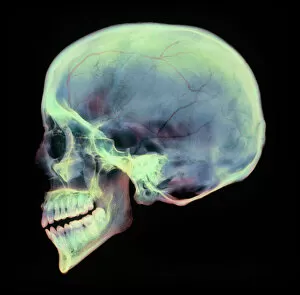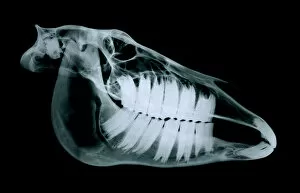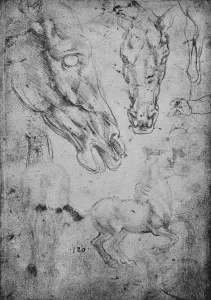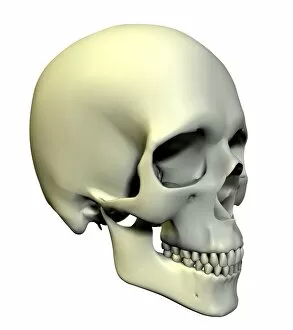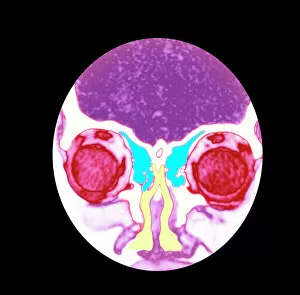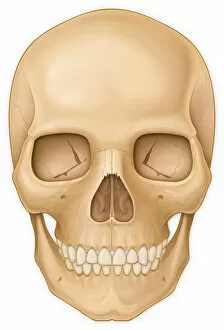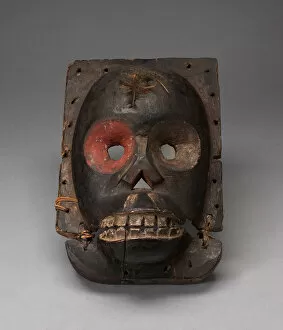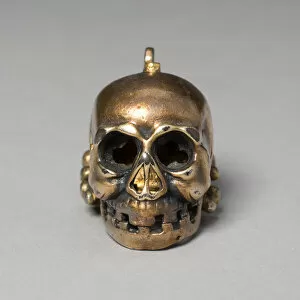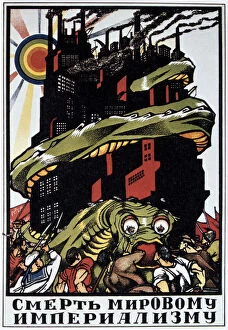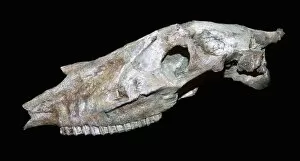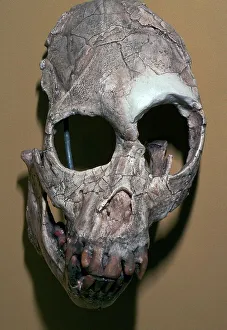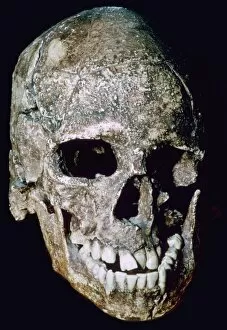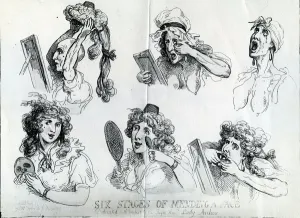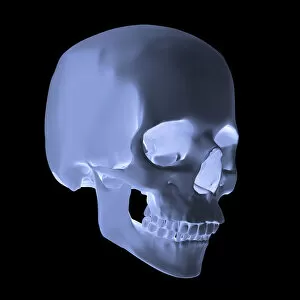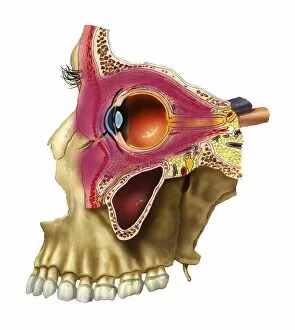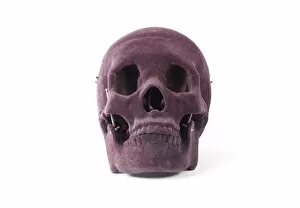Eye Socket Collection
The eye socket, also known as the orbit, is a fascinating structure found in various species
All Professionally Made to Order for Quick Shipping
The eye socket, also known as the orbit, is a fascinating structure found in various species. In humans, it is an integral part of the human skull, providing protection and support for the delicate eyeball. X-ray images reveal the intricate details of this bony cavity, showcasing its unique shape and position within the skull. Interestingly, horses also possess eye sockets that are essential for their vision. Studies conducted by Leonardo da Vinci in 1480 shed light on these remarkable structures through his meticulous observations of horses and horse heads. His artistic renderings capture not only their external beauty but also their internal anatomy. When examining a human skull closely, one cannot help but notice the prominence of the eye sockets among other features. CT scans specifically focusing on nose and sinuses provide valuable insights into how these structures interact with each other within our skulls. Skulls have always been objects of fascination due to their connection to life's mysteries and our own mortality. They symbolize both fragility and strength simultaneously while housing our most vital organ – the brain. The study of skulls has contributed significantly to our understanding of human senses and perception. A normal front view of an adult skull showcases its symmetrical design while highlighting the intricacies surrounding each eye socket. This perspective allows us to appreciate how nature has crafted this crucial element in perfect harmony with other facial features. Leonardo da Vinci's drawings from 1480 further emphasize his keen interest in exploring every aspect of anatomy through artistry. His depiction of two halves of a skull provides a glimpse into his quest for knowledge about human physiology during that era. Eye sockets hold cultural significance beyond scientific exploration as well. A mask from Nigeria created by an unknown artist reflects how different cultures incorporate symbolism related to eyes into their artwork - perhaps representing insight or spiritual connection. Even sculptures like Staffordshire's Seated Buddha demonstrate reverence towards eyes as they depict serene expressions that emanate wisdom through closed eyelids - reminding us of the power and depth that lies within these hollow spaces.

